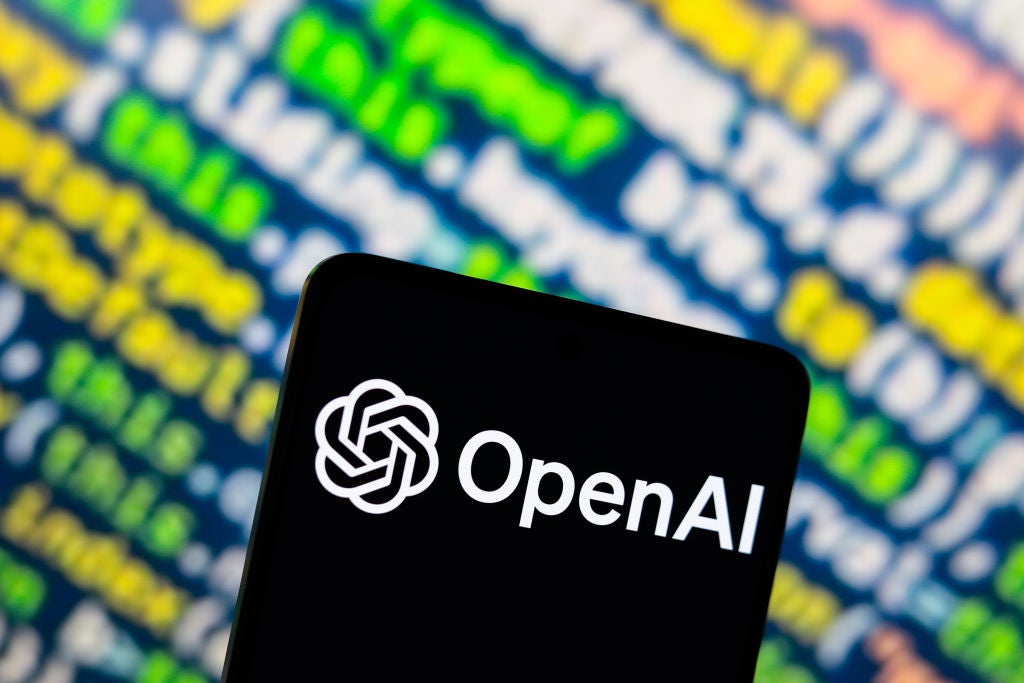US satellite pay-TV provider DISH entered the wireless segment on 1 July after paying $1.4 billion to acquire prepaid brand Boost Mobile and its nearly 9 million customers from T-Mobile. DISH subsequently acquired the assets of diminutive service provider Ting Mobile as well.
This newly minted wireless competitor has selected a cloud native converged charging system (CCS) from MATRIXX Software to help it package and monetize new services. DISH is keen on MATRIXX’s platform in part because it enables dynamic pricing for network slices, which is a method for allocating portions of a 5G network for specific uses cases.
DISH monetization model may be problematic
Converged billing for network slicing and other new services should empower carriers to charge for more than mere bytes of data and minutes of voice used. Instead, carriers will also be able to dynamically charge users variable rates for particular 5G-enabled services.
Virtual reality gaming is one of the most commonly cited examples, but services could also include augmented reality experiences, telemedicine, self-driving cars and more. Such services would naturally involve third-party service providers who would also seek their financial cuts one way or another.
This monetization vision is not unique to DISH but is shared by many carriers worldwide. Yet while technology can enable this approach, it remains to be seen whether the mass market of wireless consumers will be willing to pay for what amounts to experience-based pricing.
It will be a while before the public sees the results of DISH’s partnership with MATRIXX. Converged charging will not play a serious role in DISH’s business until the carrier begins rolling out commercial 5G operations, and DISH has acknowledged that it will not even have the network radios it needs in scale before H2 2021.
How well do you really know your competitors?
Access the most comprehensive Company Profiles on the market, powered by GlobalData. Save hours of research. Gain competitive edge.

Thank you!
Your download email will arrive shortly
Not ready to buy yet? Download a free sample
We are confident about the unique quality of our Company Profiles. However, we want you to make the most beneficial decision for your business, so we offer a free sample that you can download by submitting the below form
By GlobalDataConcerns over RAN architecture budget
DISH is currently operating Boost as a mobile virtual network operator but holds more than $21 billion in spectrum and has promised US regulators that it will deploy a 5G network covering 70% of the nation’s population by mid-June 2023.
To do so, DISH is building the first US 5G network using Open RAN architecture, which enables the use of open interfaces and ability to mix radio access network (RAN) equipment vendors. The ultimate Open RAN vision entails having intelligence applications running on top of the RAN, more easily enabling network slicing and a plethora of new use cases.
DISH hopes to build this Open RAN-compliant network for $10 billion, a cost many question as being exceedingly low.
While DISH’s role as a new entrant building a greenfield 5G network positions it to be first-to-market with advanced services and charging mechanisms, the company will be far from alone in efforts to pursue these types of innovations.
Incumbent carriers are making similar plans to exploit the capabilities of their own 5G networks. They are all gambling that the public will adopt the new services 5G enables, making the heavy investments in research, technology and network deployment worth the carriers’ intensive efforts.







